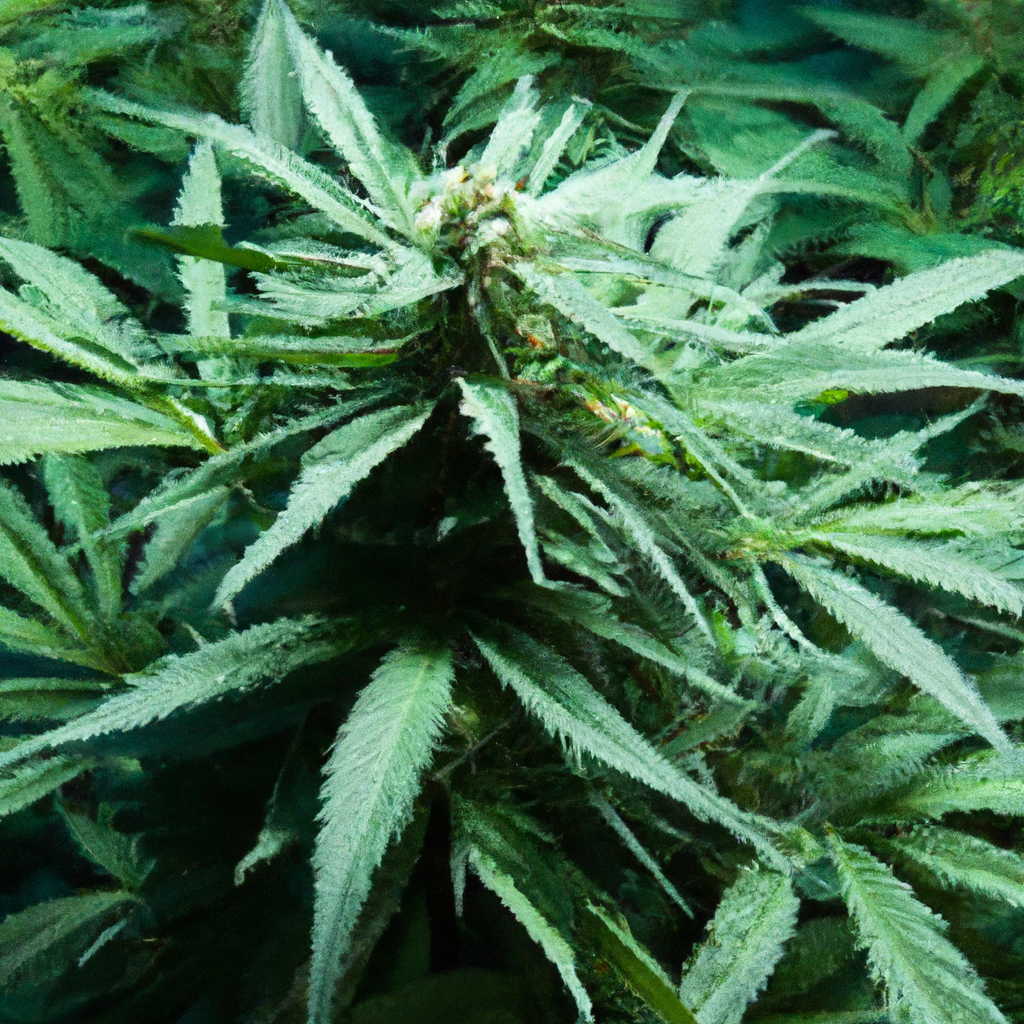Welcome to another enlightening journey into the world of cannabis cultivation. Today, we dive into how creating a holistic, nature-integrated environment can transform cannabis growth. I’m John “Magic” Greenleaf, here to share my 30 years’ worth of notes from the Rocky Mountains. We’ll explore the complexities of natural integration in cannabis habitats, a practice that promises not just higher yields but healthier plants and more potent results.
Understanding Natural Integration
Natural integration in cannabis cultivation involves mimicking the plant’s native environment as closely as possible. It’s about recognizing the symbiosis between cannabis plants and their surrounding ecosystem. Key elements include companion planting, soil health, and biodiversity.
- Companion Planting: Implementing plants that support cannabis growth by repelling pests, improving soil nutrients, or enhancing terpene profiles.
- Soil Health: Using organically rich soil that promotes root development and nutrient uptake.
- Biodiversity: Encouraging a variety of organisms that support plant health and resilience.
Benefits of a Holistic Approach
Embracing a naturalistic cultivation approach offers numerous benefits that enhance plant health and production quality.
| Benefit | Impact |
|---|---|
| Pest Control | Reduces dependency on chemical pesticides through natural repellent plants. |
| Improved Terpene Profiles | Some companion plants can elevate the soil’s nutrient profile, enhancing the plant’s natural flavors and aromas. |
| Soil Regeneration | Promotes soil health, sustainability, and nutrient recycling, which directly feeds cannabis cultivation. |
| Higher Yields | An enriched ecosystem and healthy soil foster better growth conditions, increasing production per plant. |
Implementing Natural Practices: A How-To Guide
Transitioning to a more nature-centric cultivation method is straightforward and highly rewarding. Here’s a step-by-step guide:
- Start with Soil: Choose organic compost and regularly mulchy top layers to retain moisture and nutrients.
- Select Companions: Plant allies such as basil and marigolds can protect against pests and boost growth naturally.
- Nurture Biodiversity: Allow beneficial insects to thrive. Ladybugs, for example, are natural aphid predators.
- Water Wisely: Use drip irrigation to optimize water use, mimicking natural rainfall over flooding methods that disturb the soil ecosystem.
Conclusion: Growing in Harmony
Embracing a holistic, nature-integrated approach to cannabis cultivation is more than just a method; it’s an ethos of respect for the plant and the environment. By understanding and implementing these natural practices, we not only ensure the health and potency of our cannabis but contribute positively to our local ecosystems. Remember, “The altitude makes us tougher—and so does our weed.”
Keep cultivating greatness, one strain at a time with me, John “Magic” Greenleaf.


Leave a Reply